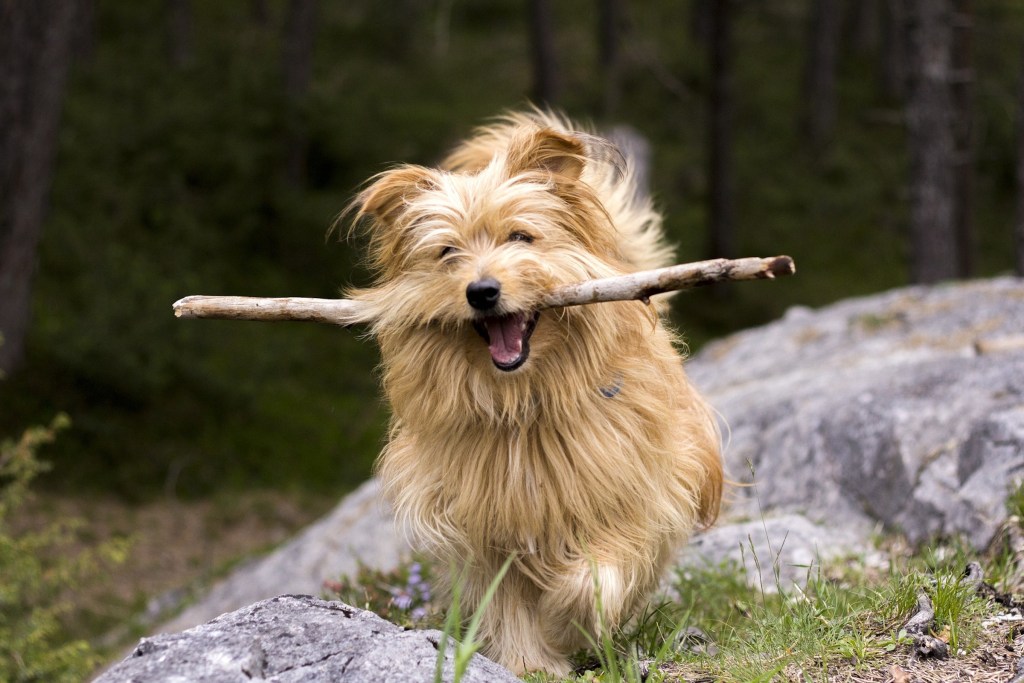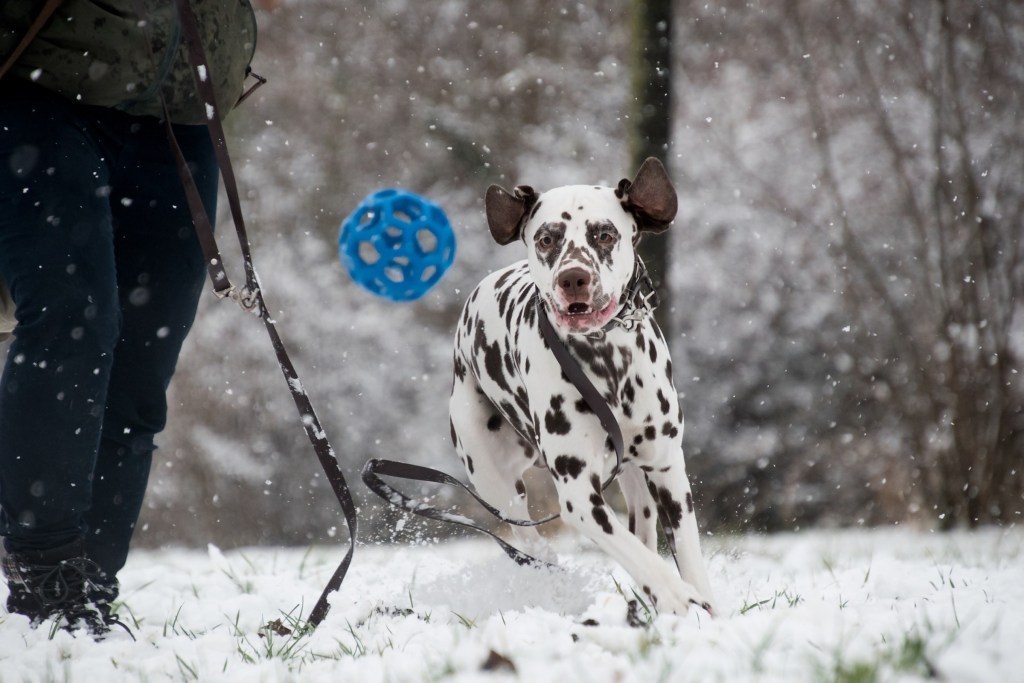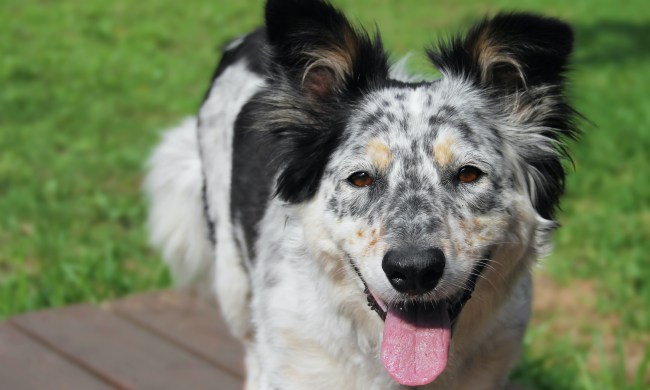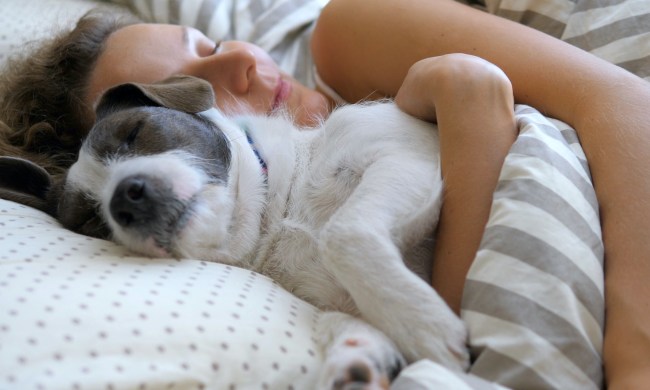As much as you want to play fetch with your four-legged friend, not all dogs take to this game naturally. Some dogs don’t know how to let go of toys, while others get distracted every five seconds. If your pup looks clueless at the concept of chasing after a toy, fear not — fetch can be taught as well!
If you’re ready to give it a shot, grab a dog fetching toy, some yummy treats, and your canine companion. With some patience and a little time, you’ll be playing the day away — until naptime, that is. Here’s how to teach a dog to fetch in five easy steps.
Find your dog’s preferred toy
Although the stereotypical game of fetch involves a yellow tennis ball, not all dogs will be interested in this type of toy. There are many different types of balls you can toss with your pup, or you can forgo the ball altogether in favor of a plush toy or rope. Whatever gets your dog to respond with excitement will be the toy to use for this training.
And don’t forget the treats! Your dog will be more inclined to engage with the toy when being rewarded, but especially when being rewarded by food. For pups who respond better to praise or pets, try using a clicker for clearer communication. This will help your fur baby understand what exactly he’s being rewarded for, therefore increasing the positive behavior moving forward. Since learning how to fetch will be a step-by-step process, it’s smart to work on a smooth reward system such as this.

Start small, teach “hold”
When teaching your dog something like the game of fetch, it’s best to set up your pup for success by starting small. This will minimize frustration, which can easily put a damper on training for the long run. Another helpful strategy is to reward your dog every time he performs your desired action, no matter how small it may be. This helps your dog understand what you’re looking for and will get him excited in the process.
Once you know what toy will pique your pooch’s interest, spend some time teaching him to hold it in his mouth. At first, you’ll want to hold out the toy and reward any interaction, even sniffing. Then, give him a treat and a verbal cue (“hold”) for putting his mouth on the toy. Once you’re comfortable there, wait to reward him until he’s had the toy in his mouth for one or two seconds. Slowly work your way up until your pup can hold the toy on command — this will be the “hold” command. Make sure to use your verbal command every time he does what you’re looking for, and he’ll know what to do in no time.
Turn “hold” into “fetch”
Once your precious pup has gotten the hang of “hold,” start using the command a little differently. Up to this point, you should’ve been having your dog take the toy from your hand, but now you should place it on the floor. Tell your dog to “hold” the toy and reward him for picking it up. Each time you repeat this exercise, place the toy just a bit farther away from you. If you take your time on this step and work your way up, you’ll be able to toss a toy away from you and have your dog run to get it — that’s almost fetch! This is when you can replace the “hold” command with “fetch,” though it may take a minute for your dog to make the connection himself.

Have your dog come to you with the toy
Once your dog understands that “fetch” means “go pick up the toy,” you can teach him the second half of this command. Reward him now for coming toward you at all with the toy in his mouth, even if he only turns toward you. Just as in the previous steps, you’ll want to continuously reward and repeat this exercise with your dog to help him solve and remember the puzzle. Continue using the “fetch” verbal cue.
If you want to continue using the “hold” command, keep running the first step as an exercise in itself, making sure that “hold” ends at him picking up the toy, while “fetch” requires him to bring it back.
Teach your dog to “drop it”
The last step to a complete game of fetch is learning how to drop the toy. It can be fun to play tug-of-war with a stubborn pup, but it will get old and probably frustrating when it happens every time. You can practice working in this command by adding it onto “fetch” or “hold” — just remember to trade that toy for a treat when he does drop it!
Before you know it, these steps will become so natural and smooth that they’ll blend into a game instead. Training will become fun, and hopefully your dog will enjoy playing fetch as much as you enjoy spending time with him. Remember, no two dogs will take to fetch quite the same way, and it’s okay if athleticism just isn’t your pup’s thing! Some dogs would rather cuddle anyway.



